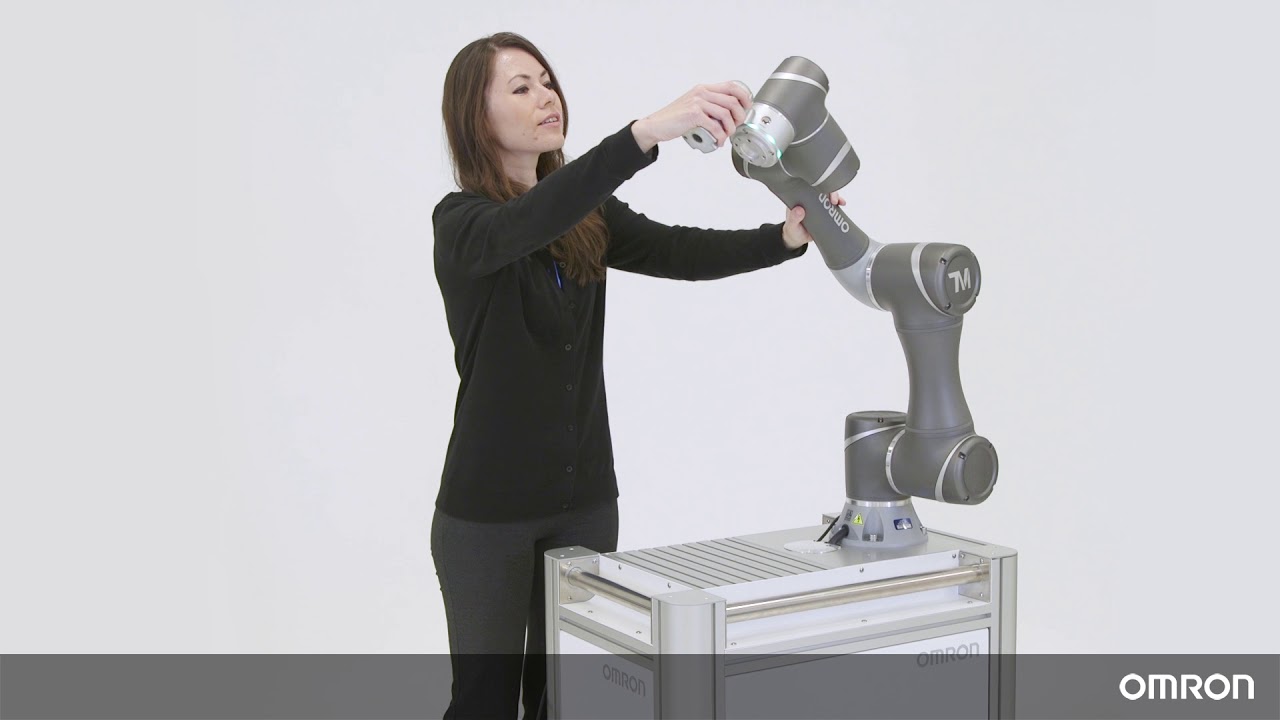
How to program a cobot robot for collaboration?
Collaborative robots, also known as cobots, are becoming increasingly popular in various industries due to their ability to work alongside humans safely and effectively. Programming a cobot for collaboration requires careful planning and consideration to ensure seamless integration into the workplace. In this article, we will discuss the steps involved in programming a cobot robot for collaboration.
1. Define the scope of collaboration
Before programming a cobot robot, it is essential to define the scope of collaboration within the workplace. Determine the specific tasks that the cobot will be assisting with and identify the areas where human-robot collaboration is necessary. This will help in creating a clear roadmap for programming the cobot.
2. Choose the right programming language
Depending on the complexity of the tasks involved, different programming languages may be used to program a cobot robot. Some popular programming languages for cobots include Python, C++, and ROS (Robot Operating System). Choose a programming language that aligns with the capabilities of the cobot and the expertise of the programming team.
3. Develop a comprehensive program
Once the scope of collaboration is defined and the programming language is chosen, it is time to develop a comprehensive program for the cobot robot. This program should include instructions for the cobot to perform various tasks, interact with human workers, and adapt to changing environments. It is essential to test the program thoroughly to ensure smooth operation.
4. Implement safety protocols
Safety is a top priority when programming a cobot for collaboration in the workplace. Implement safety protocols such as risk assessments, emergency stop mechanisms, and safety sensors to prevent accidents and ensure the well-being of human workers. Make sure to regularly review and update safety protocols as needed.
5. Train human workers
Training human workers to collaborate effectively with cobot robots is essential for successful integration in the workplace. Provide training sessions on how to interact with the cobot, troubleshoot common issues, and ensure smooth collaboration. Encourage open communication between human workers and the cobot to foster a productive working environment.
6. Monitor performance and make adjustments
Once the cobot robot is programmed and integrated into the workplace, it is crucial to monitor its performance and make adjustments as needed. Keep track of key performance metrics, gather feedback from human workers, and continuously improve the cobot’s programming to optimize collaboration. Regularly assess the impact of the cobot on productivity, efficiency, and overall workplace satisfaction.
Conclusion
Programming a cobot robot for collaboration requires careful planning, consideration, and ongoing maintenance. By defining the scope of collaboration, choosing the right programming language, developing a comprehensive program, implementing safety protocols, training human workers, and monitoring performance, you can effectively program a cobot for successful collaboration in the workplace. With the right approach, cobots can become valuable assets that enhance productivity, safety, and efficiency in various industries.
Was this helpful?
0 / 0